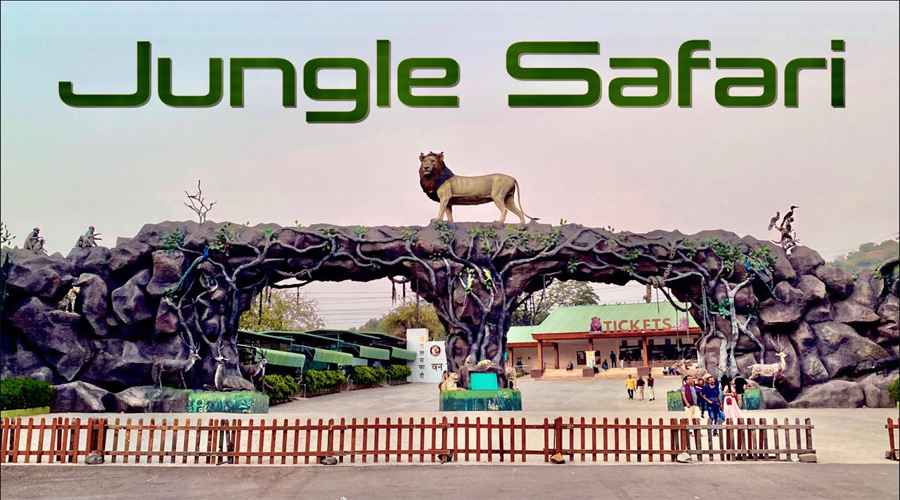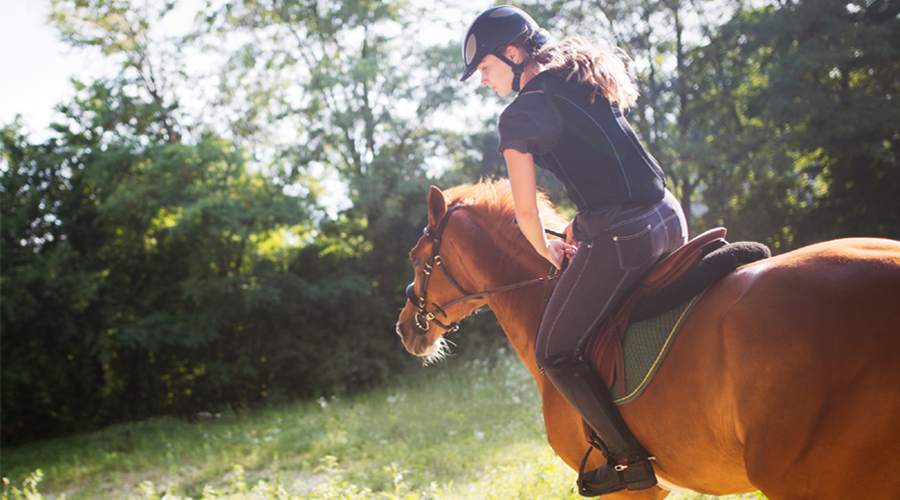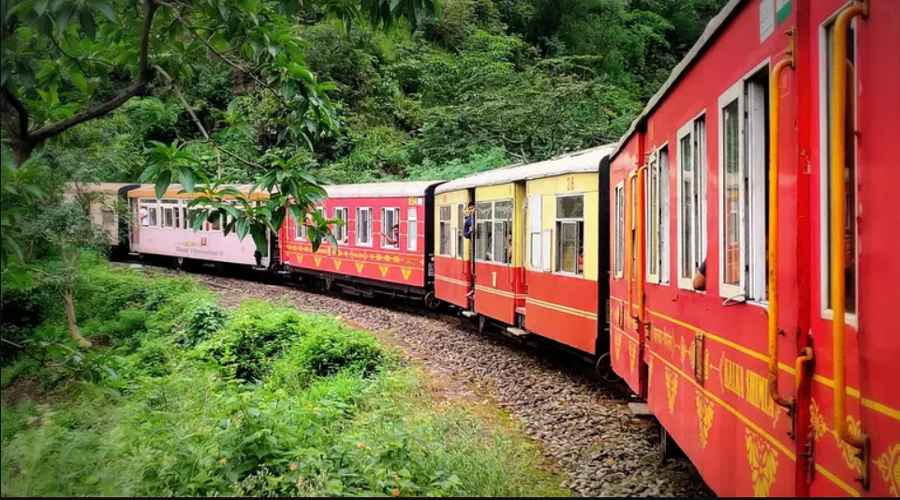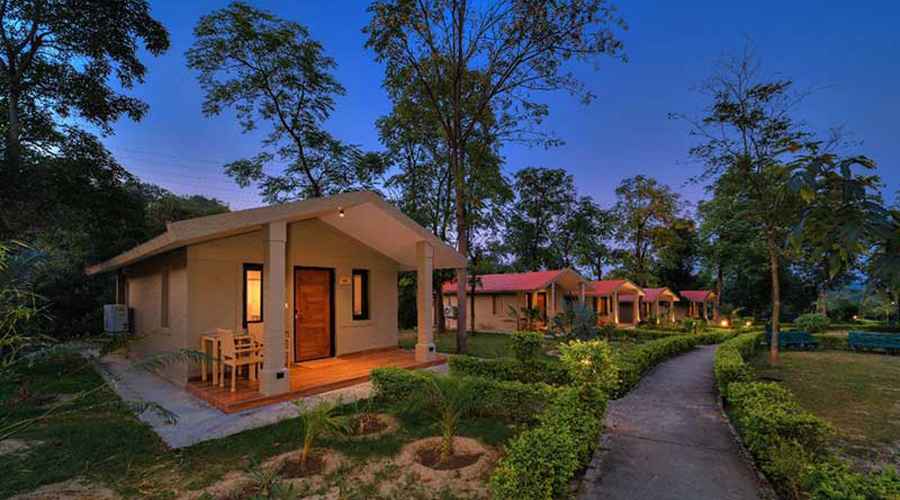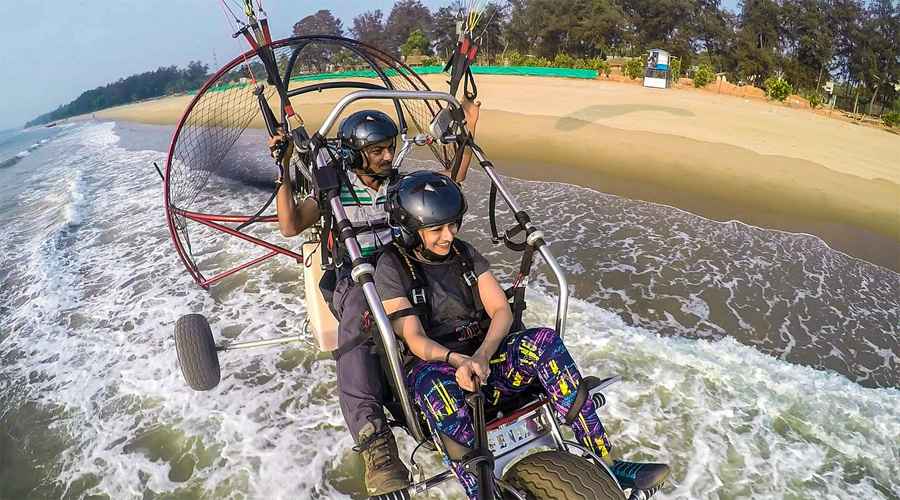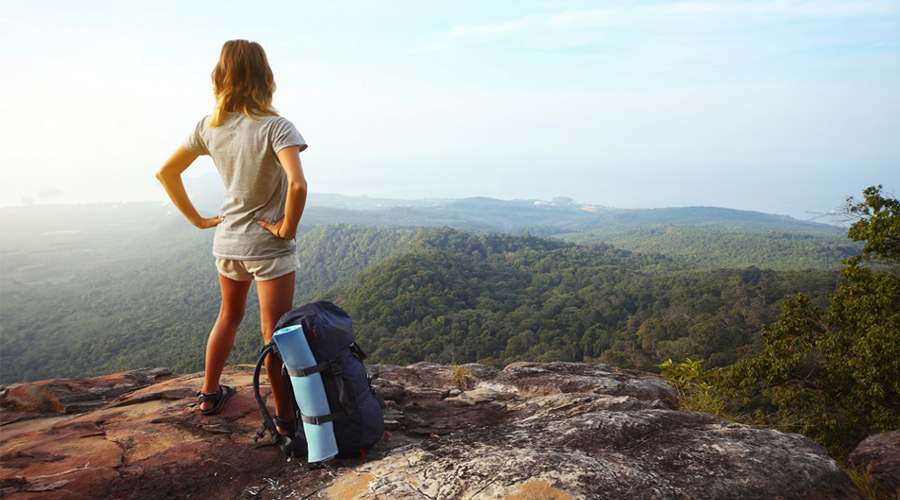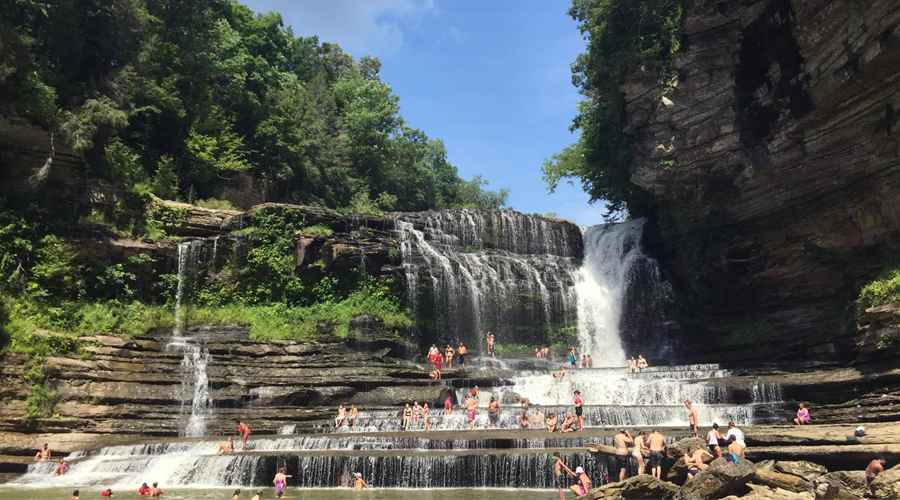The Statue of Unity has rapidly risen as one of India’s most iconic tourist attractions. Located near Kevadia in Gujarat, this colossal statue of Sardar Vallabhbhai Patel has not only become a symbol of India’s unity but also a hub for tourism and eco-friendly adventures. Among the many attractions developed around the statue, one that stands out for nature lovers and adventure seekers alike is the Jungle Safari near the Statue of Unity.
Spread across several acres, the Jungle Safari offers an enriching experience that combines wildlife spotting, adventure, education, and a chance to understand the importance of biodiversity. It is not just another zoo but an immersive ecosystem where animals thrive in semi-natural habitats, giving visitors a glimpse of their behavior and lifestyles in settings that resemble the wild.
A Unique Wildlife Experience
The Jungle Safari near the Statue of Unity is designed as an expansive zoological park that houses animals and birds from different regions of the world. Unlike conventional zoos, this safari is built with the purpose of offering both recreation and awareness about wildlife conservation.
One of its striking features is the wide variety of species it shelters. Visitors can encounter more than 1,100 species of animals and birds, including big cats, herbivores, reptiles, and a large aviary that houses exotic and colorful birds. The safari is not just for entertainment but also for education, as information boards and guides explain the uniqueness of each animal, their natural habitat, diet, and role in the ecosystem. Children, students, and families particularly enjoy this aspect as it transforms a casual visit into an engaging learning experience.
Major Attractions Inside the Jungle Safari
1. Walkthrough Aviary
One of the largest aviaries in the country, the aviary inside the safari allows you to walk amidst a wide variety of birds. From flamingos and parrots to hornbills and waterfowl, the vibrant avian life is a delight for both wildlife photographers and casual tourists. The aviary has been designed to replicate natural forest conditions, so you can observe the birds in a close-to-wild setting.
2. Big Cats Enclosure
The safari houses lions, tigers, and leopards in spacious enclosures that mimic their natural habitats. Safe yet adventurous viewing areas allow you to watch these majestic predators with awe.
3. Deer and Antelope Zone
For those interested in herbivores, the safari has several species of deer and antelopes. Watching herds of spotted deer, blackbucks, and sambar deer roaming in lush greenery is a soothing and picturesque experience.
4. Exotic Animals Section
The Jungle Safari also features animals from abroad, such as giraffes, zebras, and ostriches, giving visitors the feeling of being in an international safari park. This is especially exciting for children who may otherwise have to travel abroad to see these animals.
5. Unique Reptile House
Reptiles get their share of attention inside the safari. Crocodiles, turtles, snakes, and other reptile species are housed in specially designed enclosures, which highlight their ecological importance while dispelling common fears and misconceptions.
Architecture and Sustainable Design
What makes Jungle Safari particularly unique is its eco-friendly construction. The designing team has carefully integrated the enclosures with the natural terrain, ensuring minimal disturbance to the environment. The park emphasizes natural landscaping rather than artificial setups, giving both animals and visitors a sense of being in a genuine jungle environment.
Another highlight is the use of sustainable materials in construction and green practices like rainwater harvesting, solar lighting, and waste management. This highlights the government’s initiative to promote tourism while maintaining ecological balance.
Educational Value
The Jungle Safari isn’t only about entertainment. It is also designed to raise awareness about biodiversity, conservation, and wildlife protection. Several signages and interpretative displays dot the safari, offering valuable information about animal behaviors, endangered species, and the importance of protecting forests.
Schools and colleges often organize trips here because it serves as an outdoor classroom. Students learn how each animal fits into the food chain, how ecosystems function, and why conservation is crucial for future generations. With such well-rounded educational potential, the safari has become a favorite destination for eco-learning.
Connectivity with Statue of Unity
One of the biggest factors contributing to the popularity of the Jungle Safari is its close proximity to the Statue of Unity. Tourists who come to marvel at the world’s tallest statue often add the safari to their itinerary, turning their trip into a combination of cultural, historical, and natural exploration.
The safari complex is well connected by local transport and shuttle services from the main Statue of Unity entrance. Visitors can plan a seamless day-long trip covering multiple attractions such as the Valley of Flowers, Cactus Garden, Ekta Cruise, and Butterfly Garden alongside the Jungle Safari.
Visitor Amenities
Authorities have ensured that the Jungle Safari is comfortable for visitors while retaining the natural feel of the place. Paved walkways, viewing platforms, cafeterias, rest zones, and battery-operated vehicles are available, making the safari accessible to families with children and elderly members.
Safety is also a priority. The enclosures are built with international standards of security so that tourists can enjoy watching wild animals without worry. Professional guides and staff also assist visitors in navigating different sections of the park.
Best Time to Visit Jungle Safari Statue of Unity
The Jungle Safari near the Statue of Unity is open throughout the year, but the experience is particularly enjoyable in the cooler months from October to March. During this time, the weather is pleasant, and animals tend to be more active. Monsoons add a lush green freshness to the surroundings, enhancing the natural ambiance, though heavy rains may occasionally restrict movement.
Economic and Social Impact
The Jungle Safari has played a significant role in boosting local tourism. It has created employment opportunities for the tribal and rural communities around Kevadia, ranging from guides and drivers to hospitality and service providers. Local artisans also benefit, as stalls around the safari sell handicrafts, tribal art, and souvenirs, providing economic support to the region.
Moreover, the emphasis on eco-tourism promotes a sustainable tourism model where conservation, livelihood, and visitor experiences co-exist harmoniously.
Conclusion
The Jungle Safari at the Statue of Unity is more than just a sightseeing spot — it is a perfect blend of adventure, wildlife, and environmental learning. By offering a close-to-nature experience along with international-standard facilities, it manages to thrill tourists while educating them about the significance of conserving ecosystems.
For families looking for an adventurous outing, wildlife enthusiasts yearning for a close view of exotic species, or students eager to learn about biodiversity, the Jungle Safari is an unmissable experience. Combined with the grandeur of the Statue of Unity and other attractions nearby, it makes Kevadia a comprehensive tourism destination that celebrates history, culture, and nature together.
